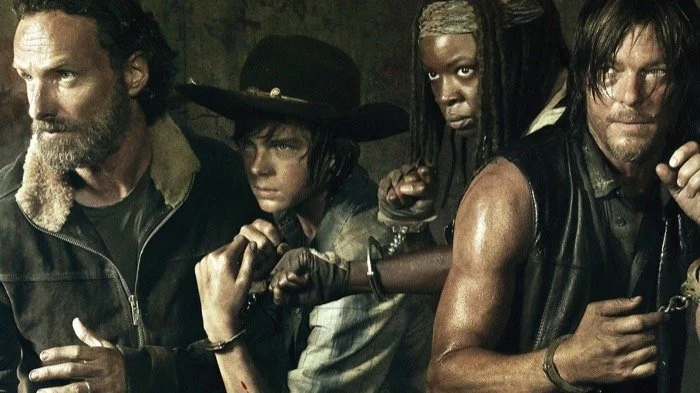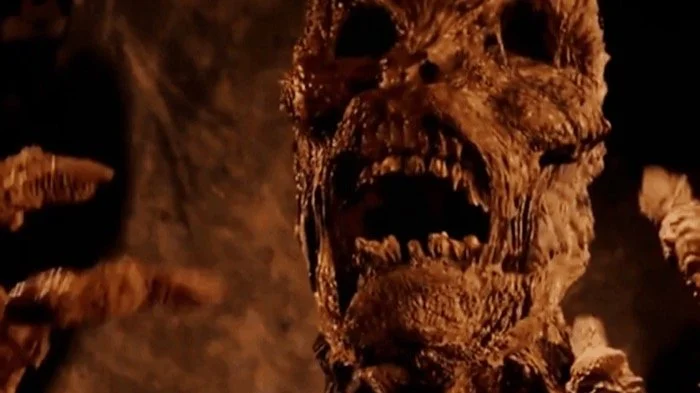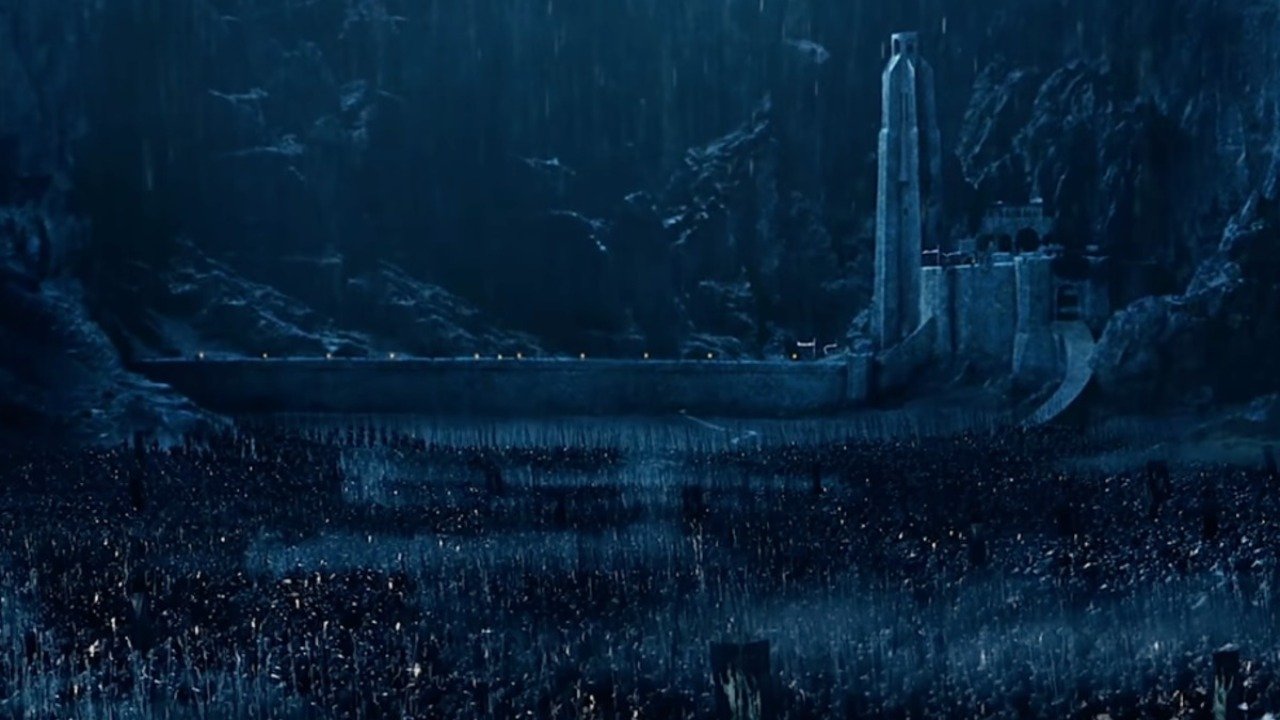The Humanity Of Monster Cinema
Image Source: CBS News
The monster movie sub-genre is very close to my heart. I collect monster movie memorabilia and find joy in great monster design. Three films really conjured my fascination. Stephen Sommers’ The Mummy (1999), M. Night Shyamalan’s Signs (2002), and Ridley Scott’s Alien (1979) collectively had a profound impact on the direction of my life. My favorite thing about monsters is the opportunity they provide in the field of storytelling. They give the writer a chance to discuss a topic or idea that can be somewhat complex or difficult in a way that is both respectful of the audience’s intelligence as well as consistently comprehensive for surface-level viewing.
Baked into every film with a monster is an idea or statement. They vary widely. Some are simple like mortality, and others are more incongruent like grief and desire. Embattlements with prejudice as well as time itself are notably pungent in the monster film landscape. In this article, we will explore the monsters that have made an impact in film and television, and we will discuss how they have helped writers tell human stories. Come with us as well explore the humanity of monster cinema!
Frankenstein
Image Source: Science
Throughout the history of media, the monster sub-genre has provided a platform for a person, population, or idea that has been othered by society. Mary Shelley’s Frankenstein is one of the single most vital pieces of monster literature and it stands as one of the most important feminist visions in all of literature. It also provided the source material for what would become one of the most iconic monsters in cinema history.
When contemplating creating a companion for his isolated and alienated monster Victor Frankenstein considers the following: “She who, in all probability, was to become a thinking and reasoning animal, might refuse to comply with a compact made before her creation.”
RELATED:
Zombies
Image Source: IGN
Zombies have provided a tool for humanity to consider its mortality. Many films and television series have illustrated how humans will wrestle with a looming fate and how the prospect of inescapable death affects our ability to live life. Many writers of television and film propose that humanity will resolve to violence, tribalism, and rigid hierarchical structures. The successful television series The Walking Dead (2010-2022) (as sourced from the graphic novels of the same name) has illustrated these efforts. The show displays example after example of brittle organizational structures falling along with myriad illustrations of violence and social questions of survival.
Ghosts
Image Source: GameSpot
Ghosts are often stand-ins for unresolved trauma. The ideas have been, but are not limited to, loss, grief, and love. In a relatively short time, Mike Flanagan has made a profound impact on the horror genre. His films Doctor Sleep (2019) and Midnight Mass (2021) have found a home in the hearts of horror fans. His Netflix series The Haunting of Bly Manor (2020) explores the concept of haunting from several angles. The idea of a ghost and a haunting being a secret, grief, guilt, love, or even just a known truth people do not want to admit. It does a fabulous job utilizing ghosts as a tool for the exploration of complex human emotions and conflict.
Mummies
Image Source: Dread Central
The mummy often is an illustration of the battle humans have with time. In ancient Egypt, the practice was an act of preservation and preparation for their afterlife. In Stephen Sommers’ The Mummy (1999) we see a forbidden love between Imhotep and Anck Su Namun. Their mummified conditions allow for the possibility of their reunification. Their love proves tragic in Sommers’ follow-up The Mummy Returns (2001) teaching a lesson about the natural order.
Thank you for coming on this journey as we explored some of the themes and ideas that make the monster genre so beloved! Whether you are a devout monster fan or new to the genre we hope you had fun and see you next time!
READ NEXT:
Source(s): Universal Monsters Database







